This post may contain affiliate links. Please read our disclosure policy.
Ready to cook and no soy sauce to hand? You can still give your dishes a delicious umami flavor with these store-cupboard substitutes for soy sauce.
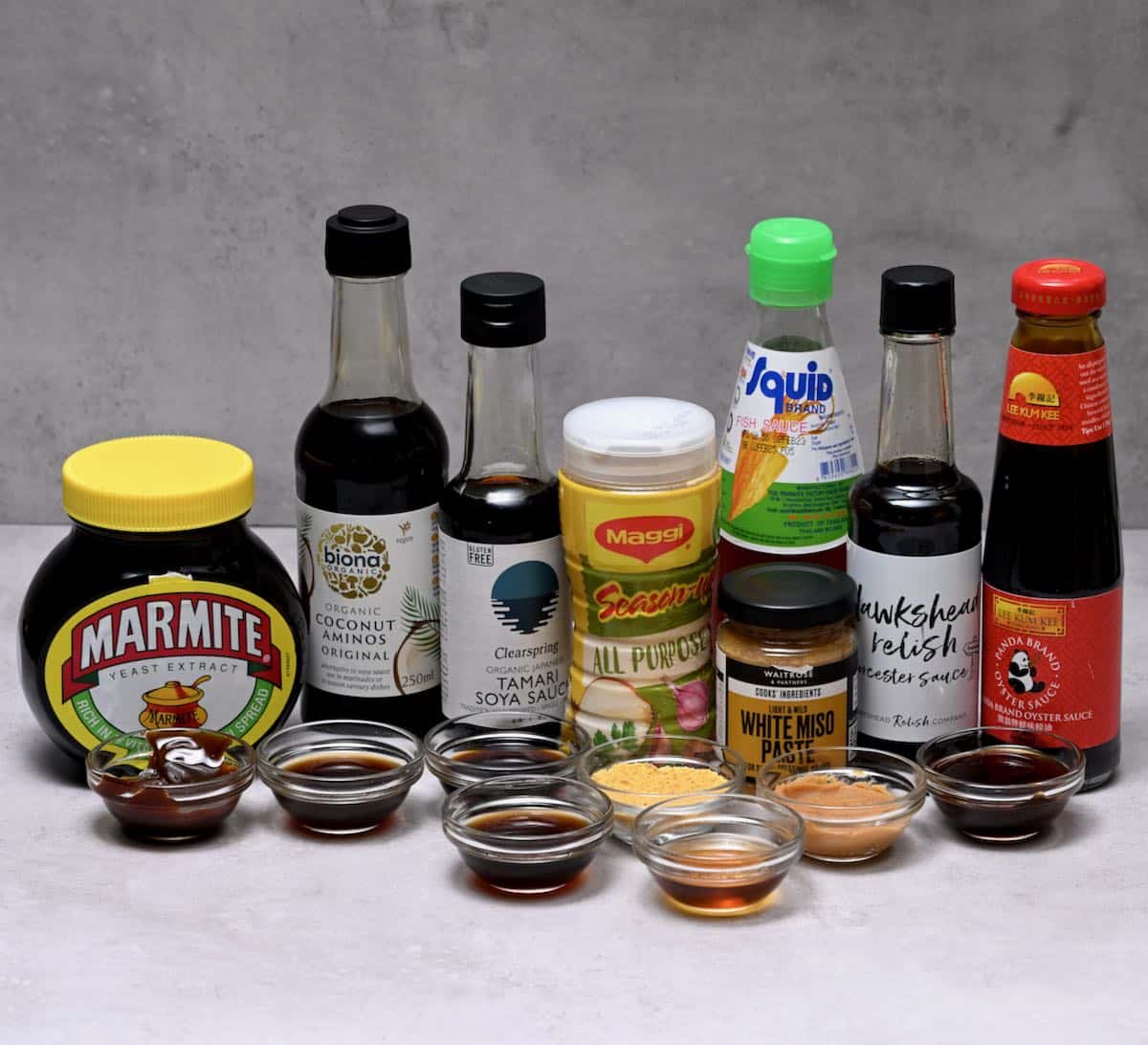
How many times has it happened to you? You’re halfway through cooking and realize you don’t have any soy sauce – disaster! Luckily, there are plenty of other pantry staples that can bring a similar taste to your meals. These are the best substitutes for soy sauce – some might even surprise you!
Want to save this recipe?
What is soy sauce?
A liquid sauce most commonly used in Chinese and Japanese cuisine, soy sauce is made from the juice of fermented soybeans. Depending on the region, every recipe for soy sauce is different. Typically, it’s used across the world to bring a tangy, deep flavor to rice and noodles or used in salad dressings or as a marinade for beef stir fry and meat dishes, grilled fish, and tofu. But if you haven’t got soy sauce – what else can give you great flavor?
Tamari
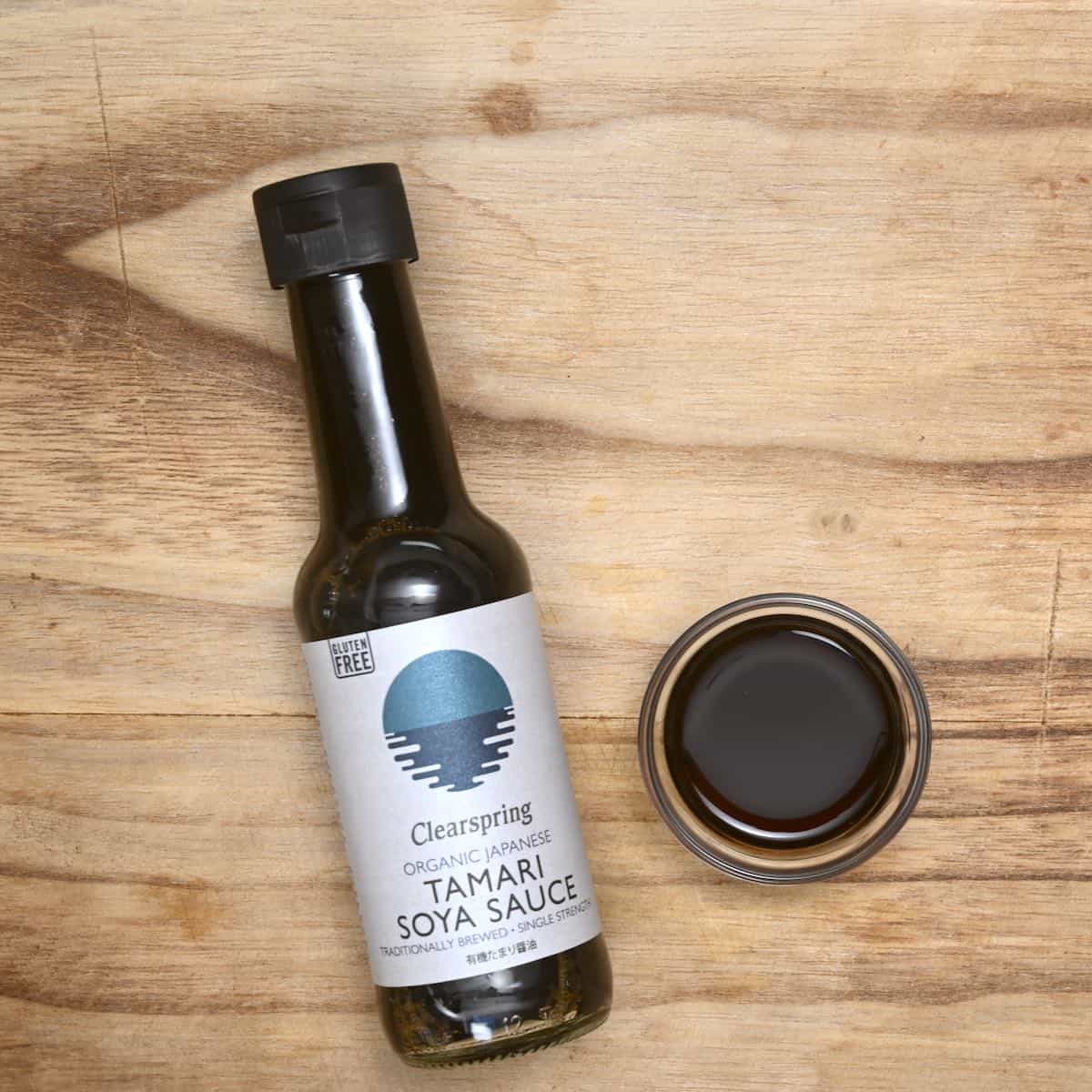
Perfect if you’re following a gluten-free diet, tamari is a variety of soy sauce that’s completely gluten-free. A rich, fermented sauce made from soybeans, tamari tends to be a lot darker than traditional soy sauce, thicker, and tastes a lot less salty. Substitute for soy sauce in stir-fries, salad dressings, and marinades.
Ingredients and Measurements: Use equal measurements of tamari as you would soy sauce at a 1:1 ratio.
Method: Use as the recipe instructs.
Worcestershire sauce
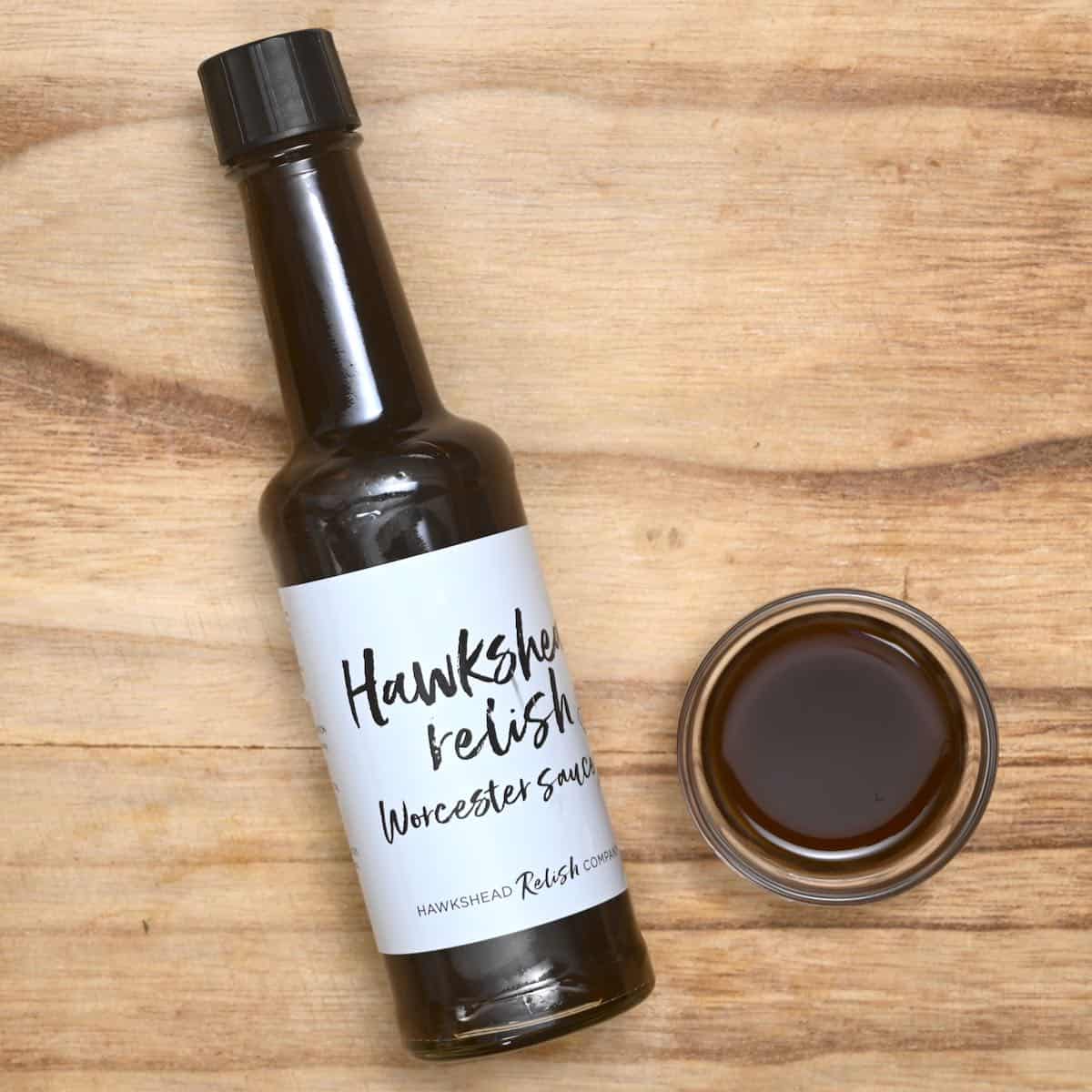
Named for the English county it was invented in, Worcestershire Sauce is another fermented liquid sauce – but this time using malt vinegar, molasses, and anchovies to produce a deep brown sauce. Some versions of Worcestershire sauce include soy sauce, making it a great substitute. Use in marinades, salad dressings, and Bloody Mary’s.
Ingredients and Measurements: Use equal amounts of Worcestershire Sauce as soy sauce at a 1:1 ratio.
Method: Add as the recipe instructs. To reduce the ‘tart’ flavor of the sauce, add extra salt.
Coconut aminos
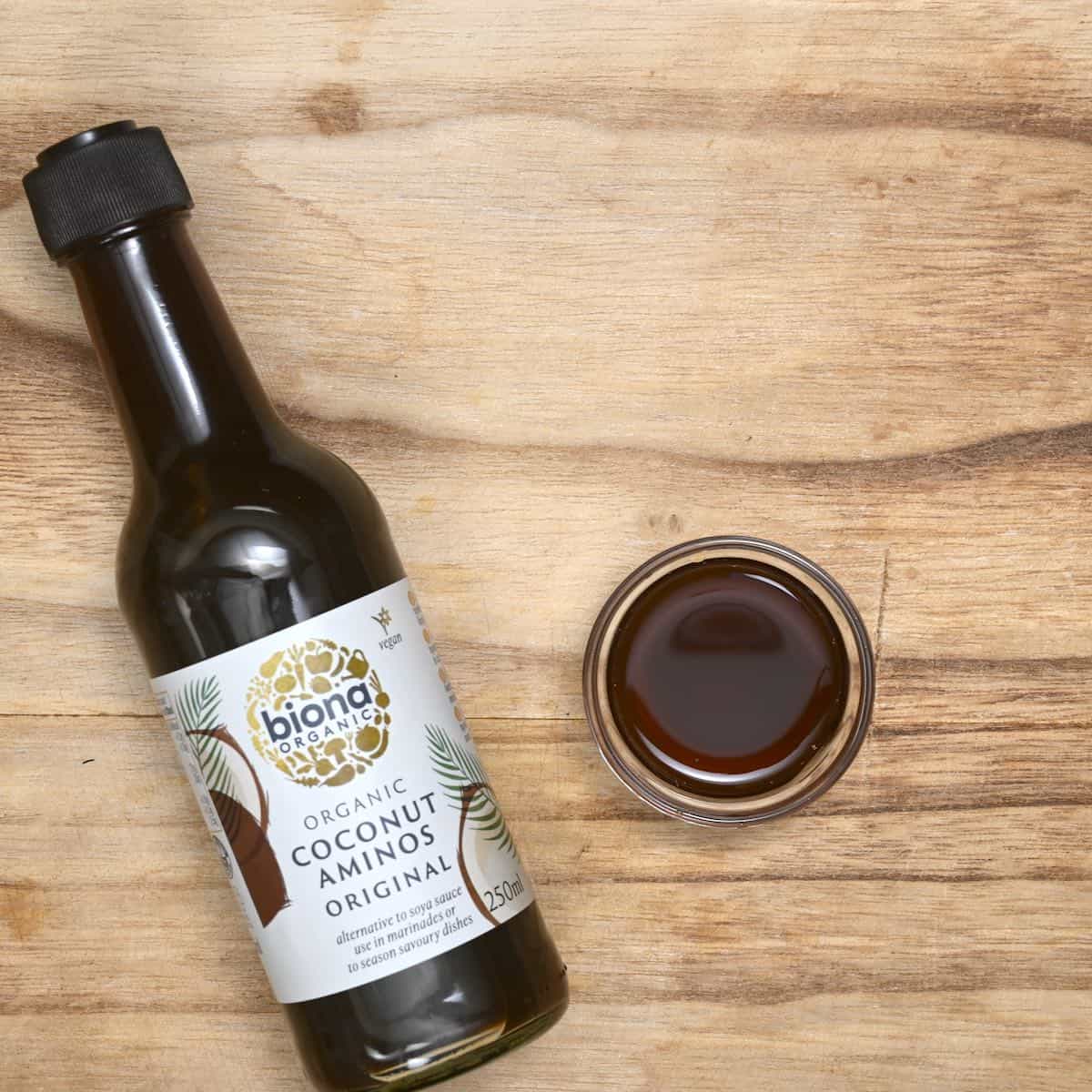
Naturally gluten- and soy-free, coconut aminos are similar in texture to soy sauce, but with a little less flavor. The sauce is made from the sap of a coconut palm tree but doesn’t have a coconut flavor – just a slightly sweet taste. Because of its overall texture and taste, it’s best as a substitute in soups and salad dressings.
Ingredients and Measurements: Use an equal amount of coconut aminos to soy sauce at a 1:1 ratio.
Method: Add as the recipe instructs.
Oyster sauce
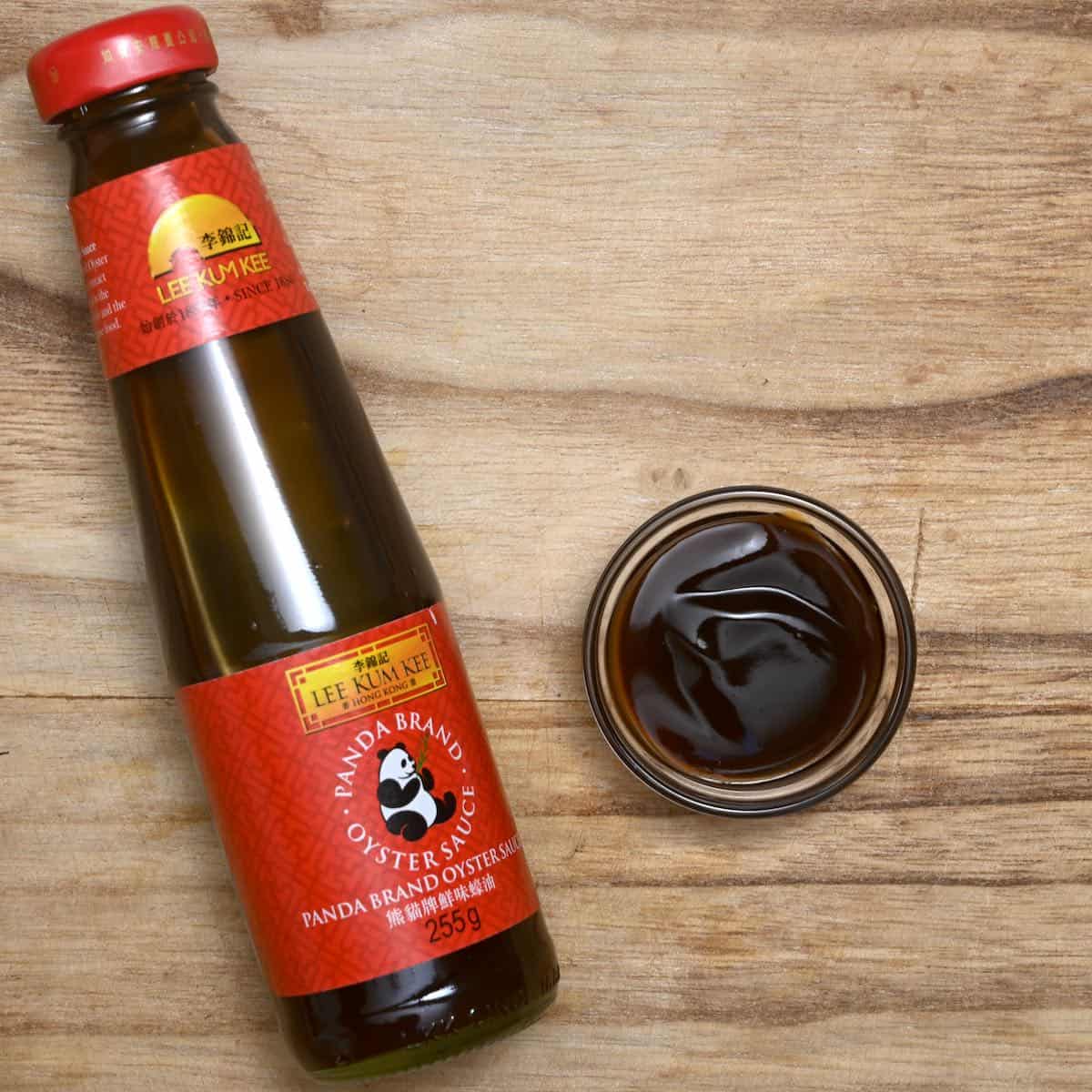
A deep brown sauce made from oyster extract and thickened with cornflour, oyster sauce is frequently used as an extra seasoning in dishes. Oyster sauce often uses soy sauce as an ingredient, making it a good substitute. A little bit salty and sweet, with a distinctive brininess, it’s great for adding to steamed veggies or fish dishes.
Ingredients and Measurements: Use equal amounts of oyster sauce to soy sauce at a 1:1 ratio.
Method: Use as the recipe instructs. Be warned that the overall taste of the dish will change as oyster sauce has a very distinctive taste.
Miso paste
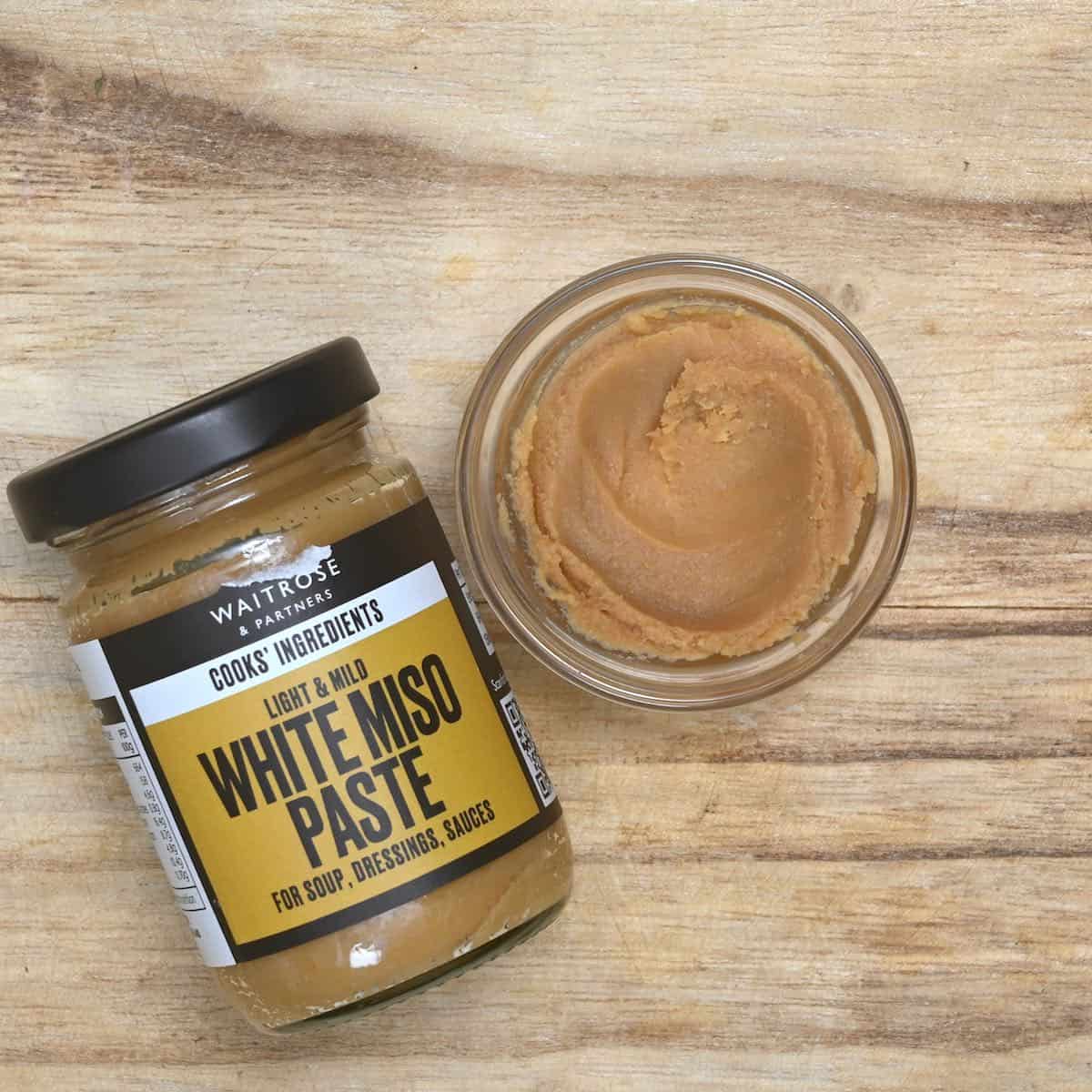
This paste is made from soybeans and often it’s the juices produced during that process that are turned into soy sauce. Miso paste is a much thicker sauce that can be used in sweet and savory dishes. As a fermented paste, miso has a complex flavor that will add a little tang to recipes – especially when added to stir-fries or rice dishes.
Ingredients and Measurements: Use equal amounts of miso paste to soy sauce at a 1:1 ratio.
Method: Add a little water (if desired) to thin out the paste before adding as the recipe instructs.
Fish sauce
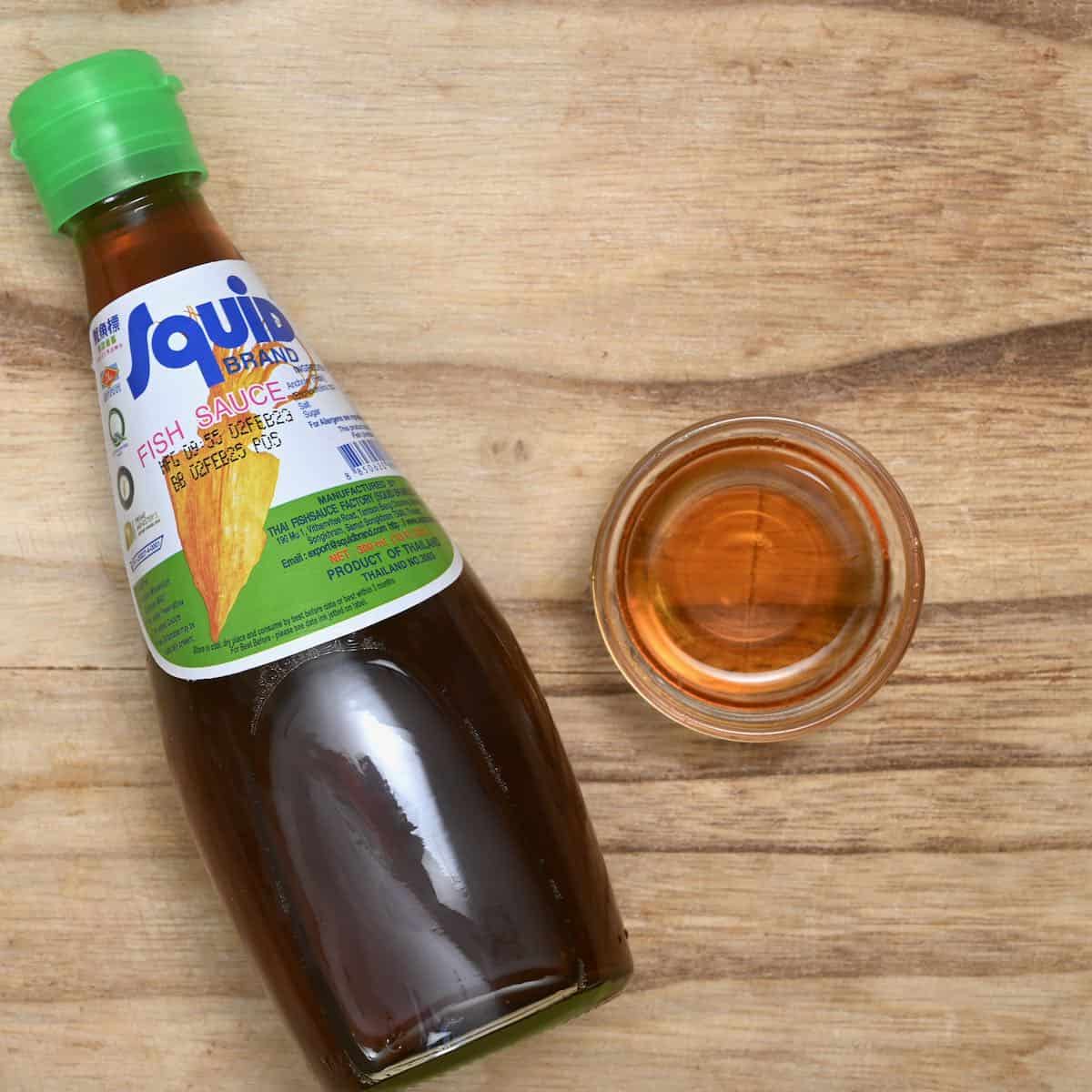
Most commonly used in Southeast and East Asian cuisine, fish sauce is a soy-free alternative that’ll pack a flavor punch in dishes. Fermented fish aminos and salt make up the base of the sauce, giving it a distinctive taste that can be added to anything from soups and ramen to used as a base for dipping sauce.
Ingredients and Measurements: Use equal measurements of fish sauce to soy sauce at a 1:1 ratio.
Method: Use as the recipe instructs. If you don’t want a distinct flavor, reduce the measurement of fish sauce by half and add extra salt.
Maggi seasoning
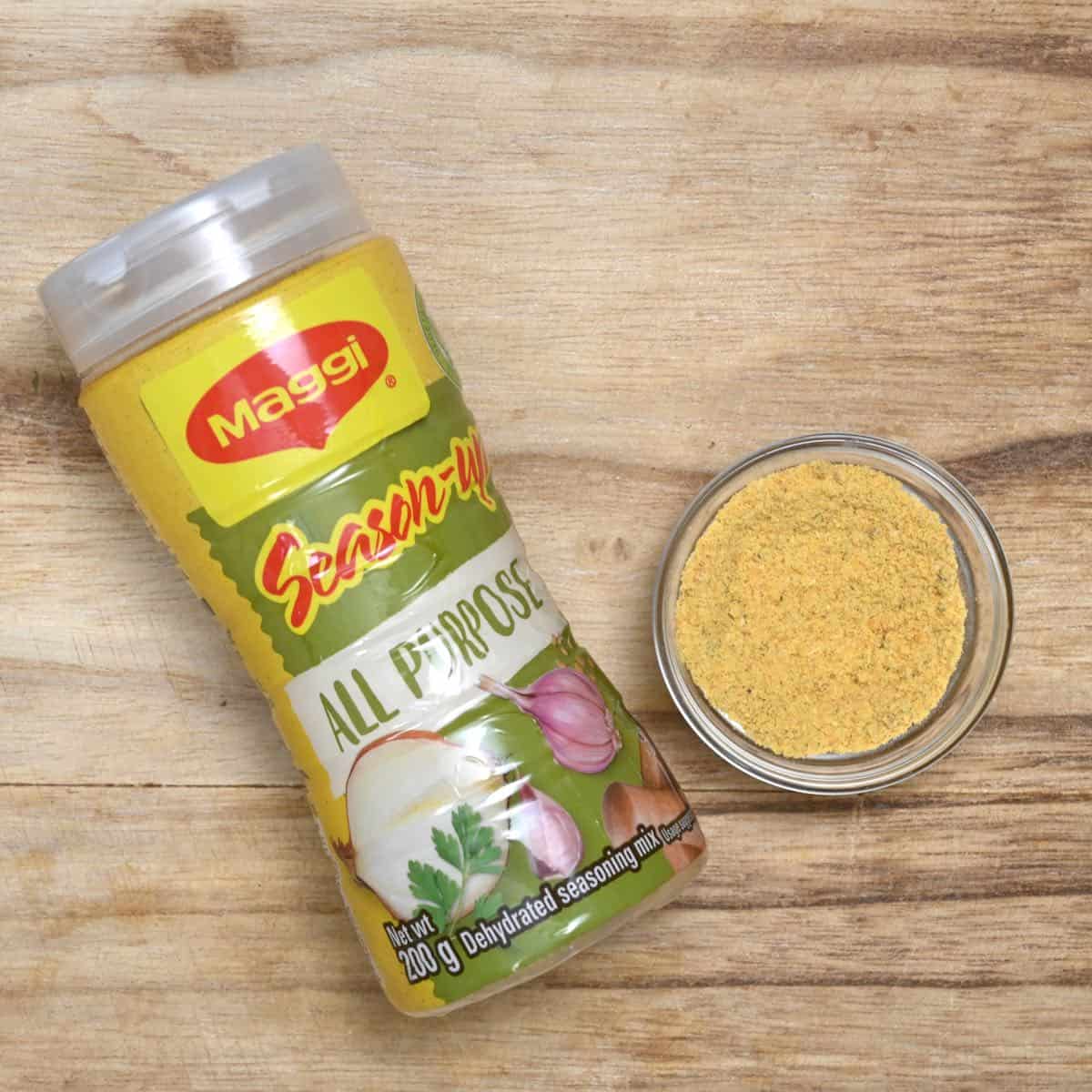
First created in Switzerland, Maggi is a popular seasoning brand across the world – and their signature sauce is a clever mimic of soy sauce. Salty and complex in taste, Maggi is vegetarian-friendly and has a closely guarded secret recipe! Because it’s so similar to soy sauce in texture and consistency, you can use Maggi in any way you’d use soy sauce.
Ingredients and Measurements: It’s best to use Maggi seasoning liquid, instead of powder (which you need to dissolve in water). Use equal amounts of Maggi seasoning as you would soy sauce at a 1:1 ratio.
Method: Add as the recipe instructs.
Marmite/Vegemite
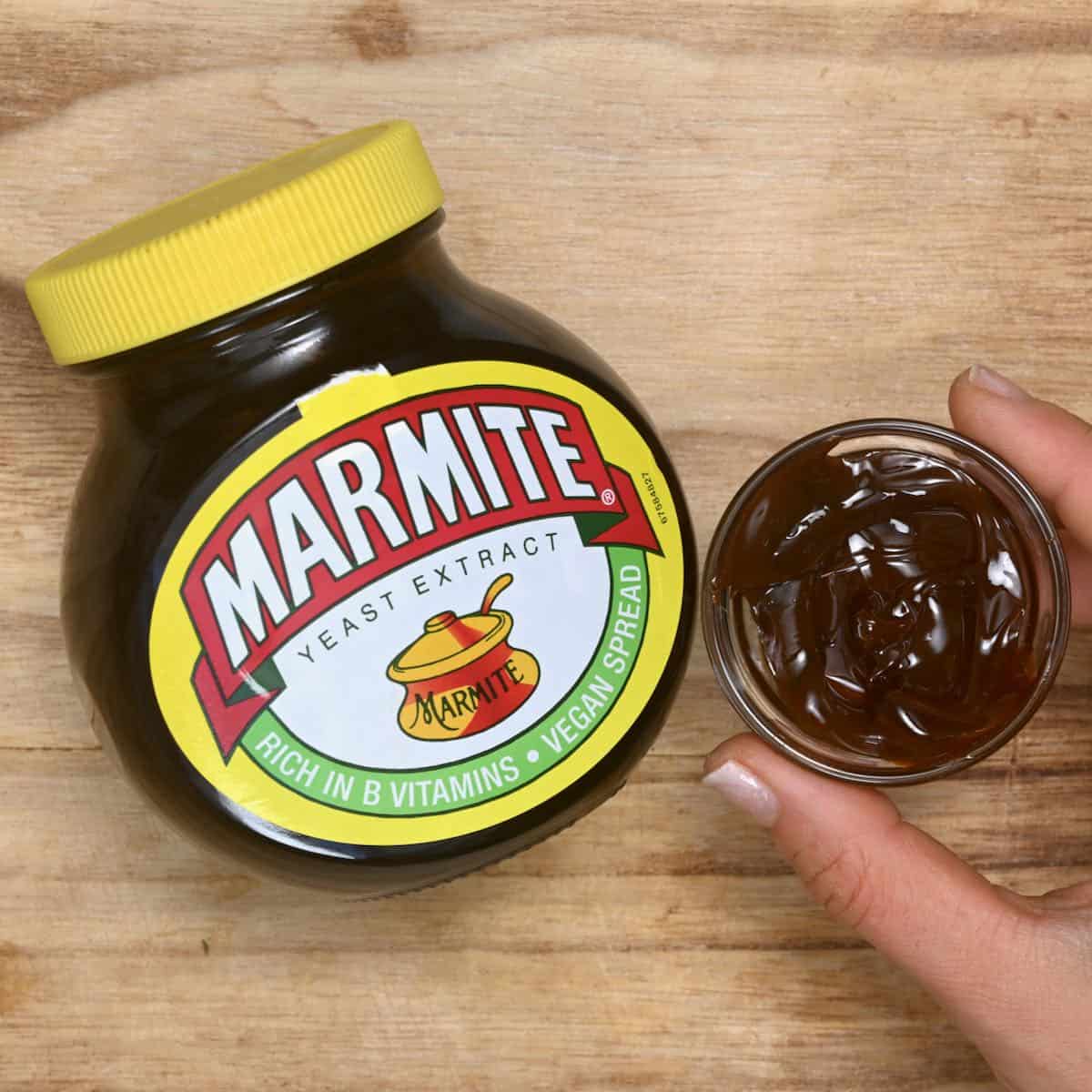
Love it or hate it, there’s no denying that marmite brings the flavor! A fermented yeast extract, it’s a staple of the UK and Australia. With a deep umami flavor, when stirred into stir-fries or added to noodles and rice, it’ll deliver the same salty, complex taste of a good soy sauce and blend well with other sharp flavors. Just remember that a little goes a long way!
Ingredients and Measurements: Use 1/2-1 tsp of Marmite/Vegemite (or other yeast extract) in the place of soy sauce. A little bit goes a long way!
Method: If desired, thin out with a little water before adding as the recipe instructs.
If you try any of these substitutes, let me know how it goes in the comments below. I’d appreciate a recipe card rating and would love to see your recipe recreations – tag me on Instagram @Alphafoodie!
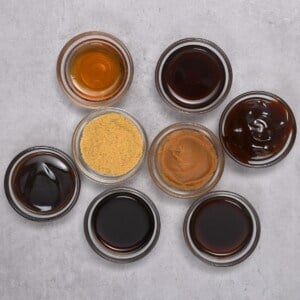
8 Best Substitutes for Soy Sauce
Ingredients
To substitute
- 1 Tbsp soy sauce
Instructions
Tamari
- Use equal measurements of tamari as you would soy sauce at a 1:1 ratio. Use as the recipe instructs.
Worcestershire Sauce
- Use equal amounts of Worcestershire Sauce as soy sauce at a 1:1 ratio. Add as the recipe instructs. To reduce the 'tart' flavor of the sauce, add extra salt.
Coconut Aminos
- Use an equal amount of coconut aminos to soy sauce at a 1:1 ratio. Add as the recipe instructs.
Oyster Sauce
- Use equal amounts of oyster sauce to soy sauce at a 1:1 ratio. Use as recipe instructs. Keep in mind that the dish's overall taste will change as oyster sauce has a distinctive taste.
Miso
- Use equal amounts of miso paste to soy sauce at a 1:1 ratio. Add a little water (if desired) to thin out the paste before adding as the recipe instructs.
Fish Sauce
- Use equal measurements of fish sauce to soy sauce at a 1:1 ratio. Use as recipe instructs. If you don't want the distinct flavor, reduce the measurement of fish sauce by half and add extra salt.
Maggi Seasoning
- It’s best to use Maggi seasoning liquid, instead of powder (which you need to dissolve in water). Use equal amounts of Maggi seasoning as you would soy sauce at a 1:1 ratio. Add as recipe instructs.
Marmite/Vegemite
- Use 1/2-1tsp of Marmite/Vegemite in the place of soy sauce. A little bit goes a long way! If desired, thin out with a little water before adding as recipe instructs.











